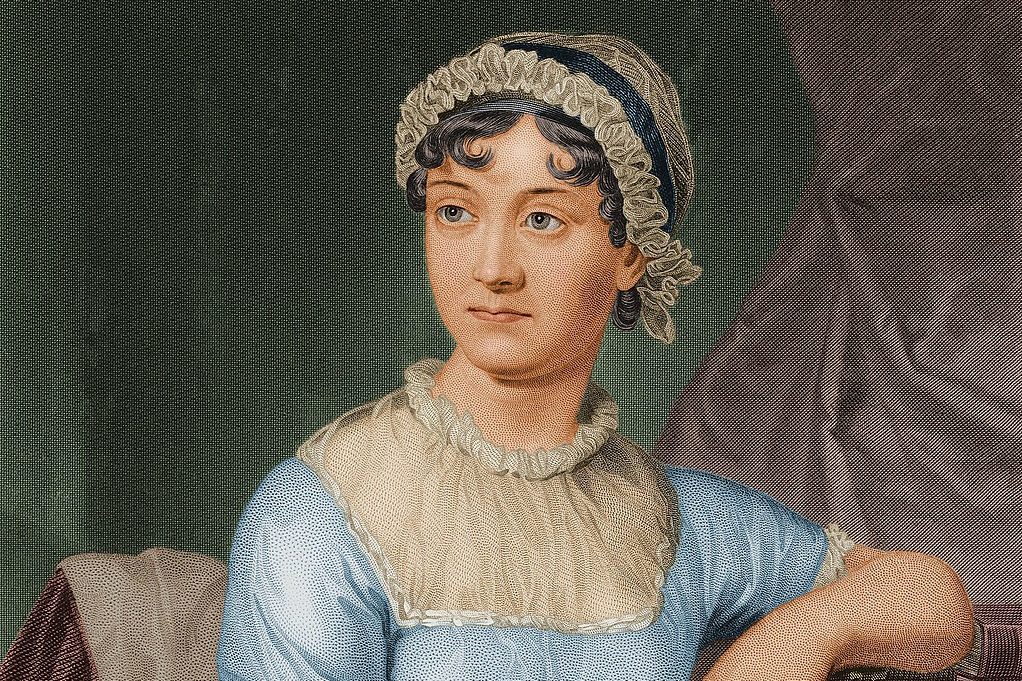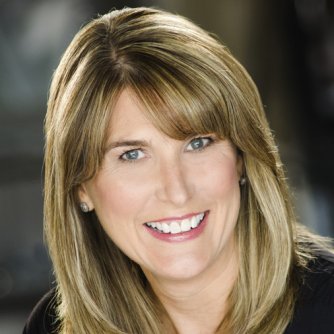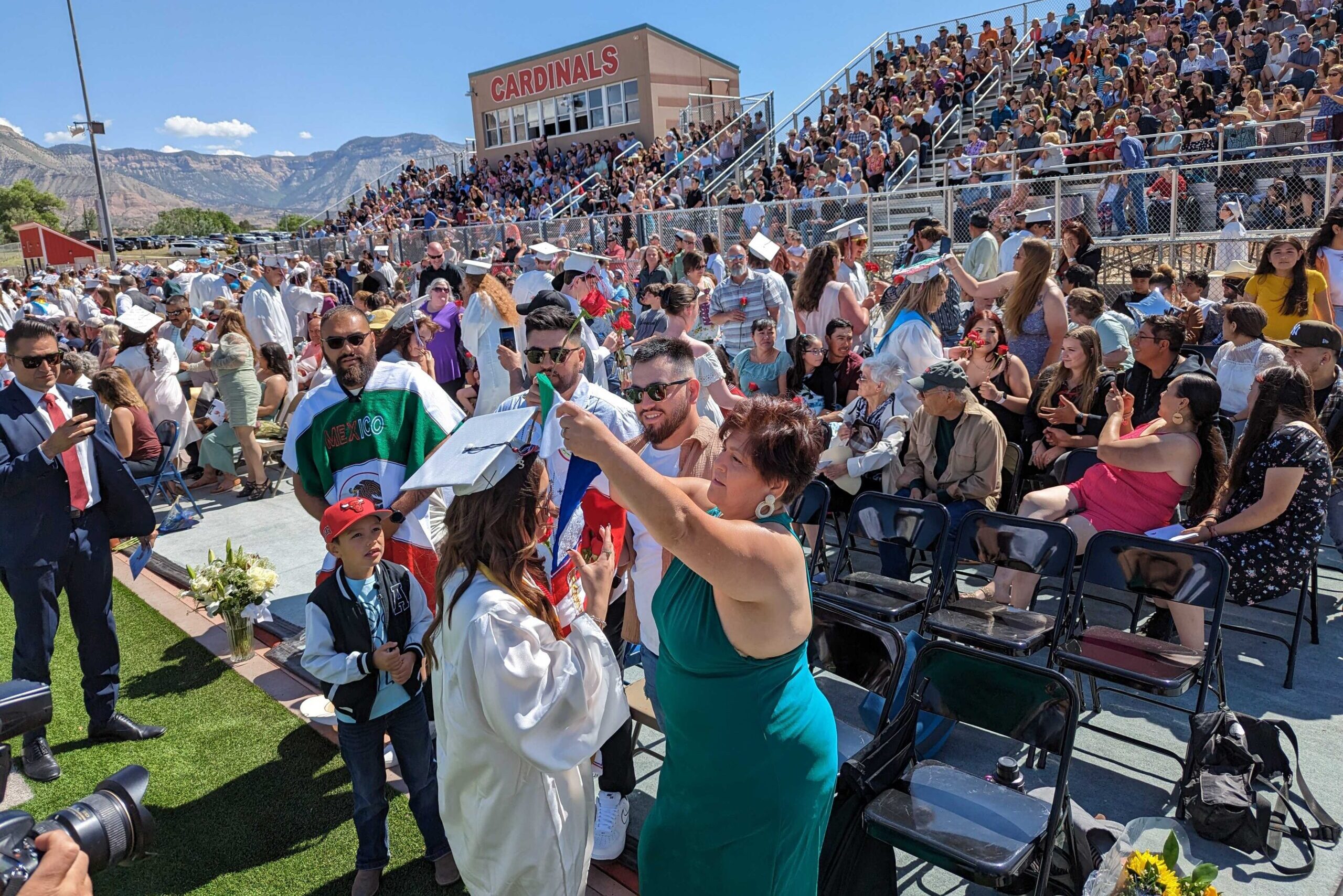

The mystique of the four-year college degree is hard to fight. Yet, there’s mounting evidence that technical and two year-degrees can be a better path to employment for some students.
Helping make that argument is a statistic from the Federal Reserve Bank of New York that says nearly half of all recent four-year college degree holders are underemployed. At the same time, Colorado employers do need workers for jobs that don’t require a four-year degree — and pay a good salary.
By 2020, the state says it will need more than 70 percent of the workforce to have some form of post-secondary credential.
So where does that reality stand versus the familiar rallying cry of "bachelor’s degree or bust" for everyone? After all, there’s more than one path to a college degree. It’s a noble objective — get more low-income children into and through college — but the pursuit may not be the right fit, for the school or the student. You need only look at first generation college attendee Jordan Jones-Potts.
Back in high school, Jones-Potts was a man on fire, absolutely burning with energy and enthusiasm for this thing called "college." As a senior at Denver’s Montbello High, he played on the drumline. He ran track, played football. He helped countless kids with their own college applications. That year 100 percent of eligible students at Montbello applied to college.
At the time, he said he had “this sense of urgency that I had to help as many people as I can as fast as I can.”
That was 2013, a year where he “was on the ball,” he laughs. Now it’s 2017.
He’s 22 now, with some travel under his belt, a wife and baby boy. Jones-Potts lives in a subsidized apartment, and attends Colorado State University-Pueblo, majoring in mass communications. He loves it, but he also just wants to graduate and get school over with. He’s got about a year and a half left at the college.
He’s in Pueblo after things didn’t work out with his college choice coming out of Montbello.
“’Go get the paper, go get the paper, go get the paper,’ honestly, I think I had it so set in my mind that I needed a four-year degree because society told me I did,” he says.
Jones-Potts says he couldn’t have got to college without College Summit. The program, which is no longer active in Denver, prepares first generation and low income kids like him for higher education. One focus was the tough obstacles he’d face, like feeling alienated from peers and family, not having the safety net of more affluent peers, culture shock or even the fear of success. He was accepted to dozens of colleges on a full-ride, but settled on Coe College, a private school in Iowa with a student body of about 1,400.
A year into Coe College, Jones-Potts knew it wasn’t going to work.
“I don’t know, I chose the wrong state really, I think it was the environment that I was in,” he says.
His scholarship didn’t cover personal expenditures, so he didn’t have money to travel home. Alone in the dorms, he soon realized how close he was to his family, how much of a big city person he was. Then there was his double major of biology and business – which was overwhelming. His choice of study came from a love of animals, and a youthful desire to own a zoo or animal sanctuary. However, it was difficult to switch from intense accounting to cell biology. It didn’t fit together well.
“I wish I had known that prior to going in, I think that would have set me up a little better,” he says. Maybe then he would have realized, “hey, I’m unhappy. Hey, I haven’t seen my family, I can’t go home.” His car even once broke down in negative 45 degree weather and snow. It all adds up, and “then the academics don’t even matter,” Jones-Potts says.
Even though Coe College “made it feel like home,” he says, it was the wrong school choice.
Michael Petrelli of the Thomas B. Fordham Institute calls "bachelor’s or bust" a failed strategy. He cites a paper prepared for the institute that says just 14 percent of poor students will finish four-year degrees.
The common outcome, he writes, is that a young person drops out with no credential, no skills, no work experience and a fair amount of debt. For him and others, that’s got to change. Kim Reed, executive director of the Colorado Department of Higher Education, says they’re not arming students “with the kinds of information to help them make a good decision.”
When you say college, large, leafy campuses come to mind, the kind where you can earn a history major inside stately buildings with New Classical architecture. Reed says most high schoolers “don’t think certificate, associate degree, four-year degree, which is the full range of what college is about.”
The higher ed department is traveling the state, offering workshops to school counselors. Reed sees hopeful signs, like Aurora Public Schools’ new 20/20 plan. The goal there is that every student graduates with either some college credit or an industry certificate.
“Then we know they have some marketable skills coming out and they have an opportunity or an option to go on into the world of work or continue their academic pursuits,” she says.
Jordan Jones-Potts wishes he’d gone that direction.
“Again, it was just me simply not knowing,” he says. “Because then you know, you have a specific trade, that you can have to keep income coming in and you can still go to school, because I probably would have done a vet assistant route or something like that, because you can still get part-time hours with that.”
The option then would have been available to go on to a four-year degree, if he had chosen. Those are called "stackable" options. A real world example would be starting as an engineering technician earning $60,000 with an associate degree, before looking into a much more costly bachelor’s in engineering.
Other groups are working hard to get that message out.
The Denver Scholarship Foundation has created a road map for Denver high schools. It shows all the different paths that can eventually lead to a bachelor’s degree. They also have a series of posters for each occupational cluster, like engineering or hospitality or finance, which shows the range of jobs available, the degree required and the average salary.

“We have so many good options in Colorado, we really do,” says Renae Bellew, senior director of programs for the Denver Scholarship Foundation. “Technical programs, 2-year programs and 4-year programs; we have a lot of good options. And just because you might not be able to afford this institution at this moment, doesn’t mean that you’re not going to get a good education somewhere else.”
The foundation wants high school students to really understand that, and help them find the right fit financially, academically and socially.
Bellew, in fact, went through the same College Summit program as Jordan Potts-Jones – only a decade earlier. She didn’t head out of state to Iowa, but as a kid from southwest Denver, she says, the University of Colorado at Boulder “might has well have been Mars.”
There is an adjustment that comes with being on a campus that is predominantly white and middle-to-upper-class. But Bellew sought out support and found her niche. She calls it one of the best experiences of her life.
It wasn’t that way for Jordan Jones-Potts at Coe College. But it hasn’t been all bad the past four years. He’s been able to travel with different programs to Japan, France and Africa, where he experienced everything from gorilla trekking to the slums of Katanga. He remembers being struck by the kids who had nothing but marbles.
“It was powerful to see how poor the living conditions were and how happy these kids were,” he says. “That was so powerful to me.”
He’s doing well at CSU Pueblo. He’s about $20,000 in debt, which is less than the average Colorado student. If his mass communications degree doesn’t lead anywhere, he now knows he can go back for a veterinary tech program at nearby Pikes Peak Community College. His baby boy though has amped up the urgency.
“Now I’m in panic mode, I'm like, 'he’s here. I need to set an example for him. I need to make sure that he’s well taken care of,’” Jones-Potts says.
He can be philosophical about the journey though, noting that “life wouldn’t be life without disappointment.” His choices have made him who he is.
“So for me, I’m just learning: I’m learning a lot about myself, I’m learning a lot about the world, about life and how to overcome certain things and continue overcoming it.”
If a student can keep debt in check, making missteps on the college path and still not knowing what to do at the finish won’t be the end of the line. Maybe that’s the most realistic expectation of what some four-year college students really go through.









